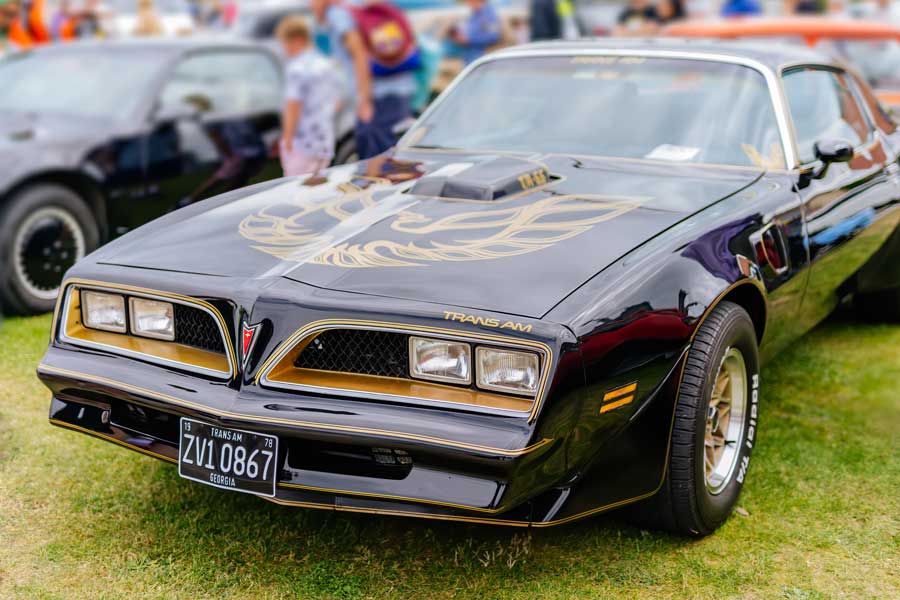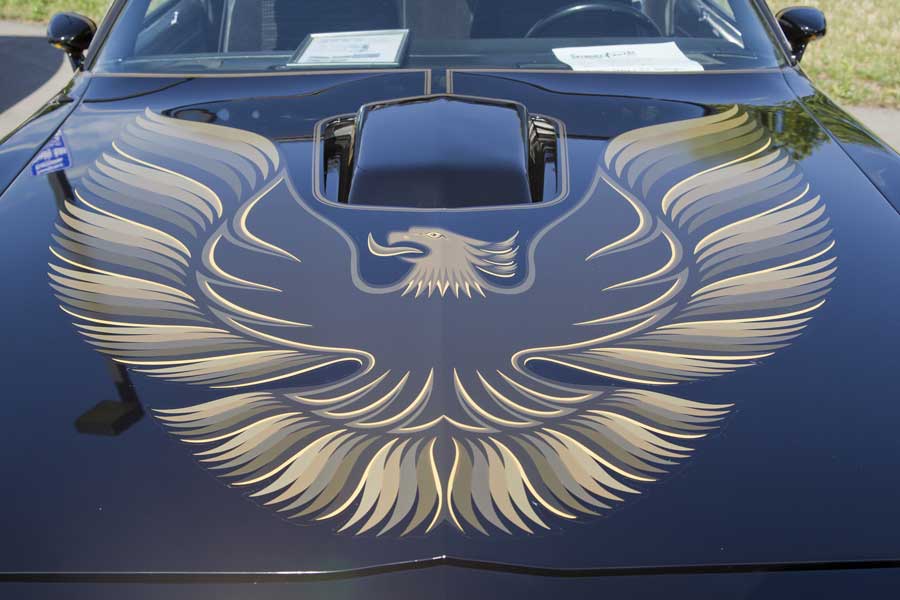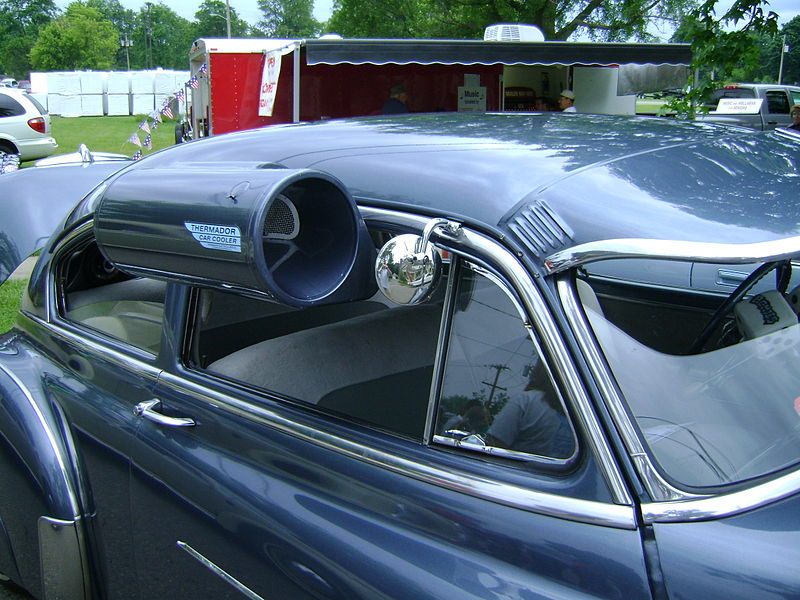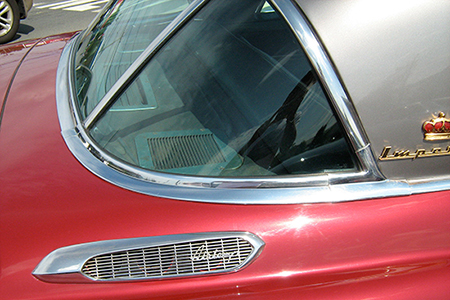The Firebird embodies American muscle. Many still rave about the impact these classics had in earlier times. Even though they’ve been around for half a century, there’s no end in sight when it comes to car enthusiasts’ love for this particular classic. We work with all kinds of Firebird builds to bring you the coolest AC for your ride. But you may be surprised by these facts you didn't know about the Pontiac Firebird.

1. John DeLorean wasn’t on board
The Pontiac king had his doubts about the Firebird, at first. Before his name starred in the classic sci-fi Back to the Future, DeLorean worked as an engineer for Pontiac. They wanted him to create a car that could compete with the Mustang and Camaro. Instead, he thought Pontiac needed a two-seater sports car called the Banshee. He eventually gave in and produced the first Firebird six months after the Camaro in 1967. Although six months late to the game, the Firebird obviously was a hit.
2. 1st WS6
As an upgrade to the 1978 Trans Am’s suspension, Pontiac produced the first WS6 Performance Package. Most notably, the package contained 15x8 Snowflake rims and a larger sway bar giving the Firebird a wider appearance. It ranged between $251 and $324 depending on if you want with the additional W72 package. In total, it contained a larger sway bar, 15x8 snowflake rims, tighter steering box gear ratio, and GR70-15 raised white letter Good Year Polysteel Radials. In 1979, the package contained the first four-wheel disc brakes for Firebirds.
3. 1st screaming chicken
Bill Porter and Norm Inouye created the infamous decal in 1970. If this makes you scratch your head, it’s because they held off using it. John Schinella, another Pontiac designer, saw the decal and started pressing management to use it. Finally, in 1973, they made it an add-on costing $55 and became the car’s signature feature through 1981 and again from 1985-1987 on the third generation Trans-Am.

4. It starred in Smokey and the Bandit
After Smokey and the Bandit debuted in 1977, it started picking up even more steam (or smoke). If you know your stuff, you might notice that the car is a mashup of two different Firebird models. The car is mostly a 1976 Firebird Trans Am but replaced the front with a 1977 model. The custom decals on the vehicle also caused Pontiac’s demand to skyrocket. However, soon after the frenzy died down, so did the need for the car altogether.
5. Best Firebird horsepower/torque ratings
No Firebird ever exceeded 400 horsepower. In fact, unlike it’s Chevy competitor, it didn’t even come close. That being said, the most powerful Firebirds of all time were the 1969 and ‘70 Trans Ams with the Ram Air IV engine option. The 400 cubic inch V8 maxes out at 430 lb-ft of torque at 3,700 Rpm and 345 hp at 5,400 Rpm.
6. 1st Buick engine
A less rare Firebird fact you may know is that in 1989 500 Pace Car Trans Am used a Buick engine. However, they didn’t use just any Buick engine. It was the turbocharger 3.8 liter V-6 featured in the GNX and Grand National. It maxed out just under 250 horsepower and 340 lb-ft making the Pace Care, up until that point, the quickest Firebird ever sold.


